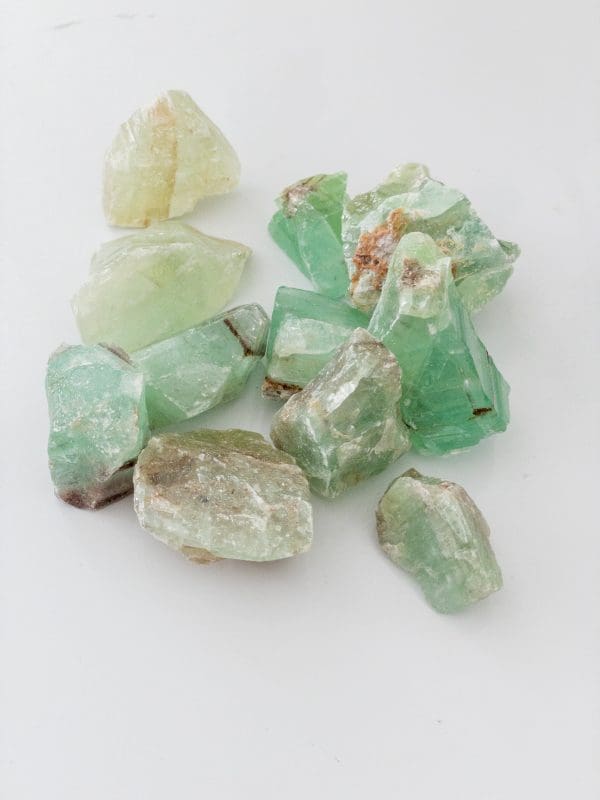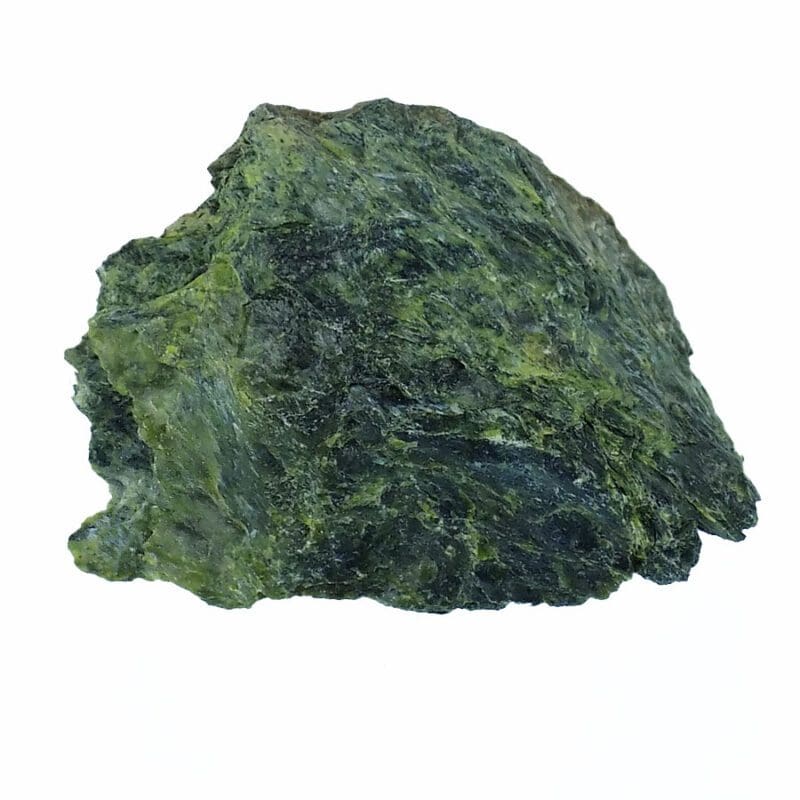Green calcite is a common mineral found in various rock formations around the world, including marble and limestone. It is known for its beautiful green color and unique crystal structure. In this blog post, we will explore the properties and uses of green calcite in the geological community.
One of the most notable properties of green calcite is its hardness. On the Mohs scale of mineral hardness, green calcite falls between a 3 and 3.5, making it a relatively soft mineral. This softness, along with its beautiful color, makes green calcite a popular choice for use in decorative objects such as figurines and jewelry.
In addition to its use in decorative objects, green calcite is also commonly used in the construction industry. It is often used as a building material, particularly in the production of cement and concrete. Green calcite is also used in the production of agricultural lime, which is used to neutralize soil acidity and improve crop growth.
Another important use of green calcite is in the field of environmental remediation. Green calcite has the ability to absorb and neutralize toxins, making it effective at cleaning up oil spills and other environmental disasters.
Despite its numerous uses, green calcite is still a relatively understudied mineral. Further research is needed to fully understand its properties and potential uses. However, the unique crystal structure of green calcite makes it an interesting subject for study in the geological community.
In conclusion, green calcite is a common mineral found in various rock formations around the world. It is known for its beautiful green color and unique crystal structure, and has a variety of uses including in decorative objects, construction, and environmental remediation. While more research is needed to fully understand its properties and potential uses, green calcite remains an important and interesting subject of study in the geological community.


